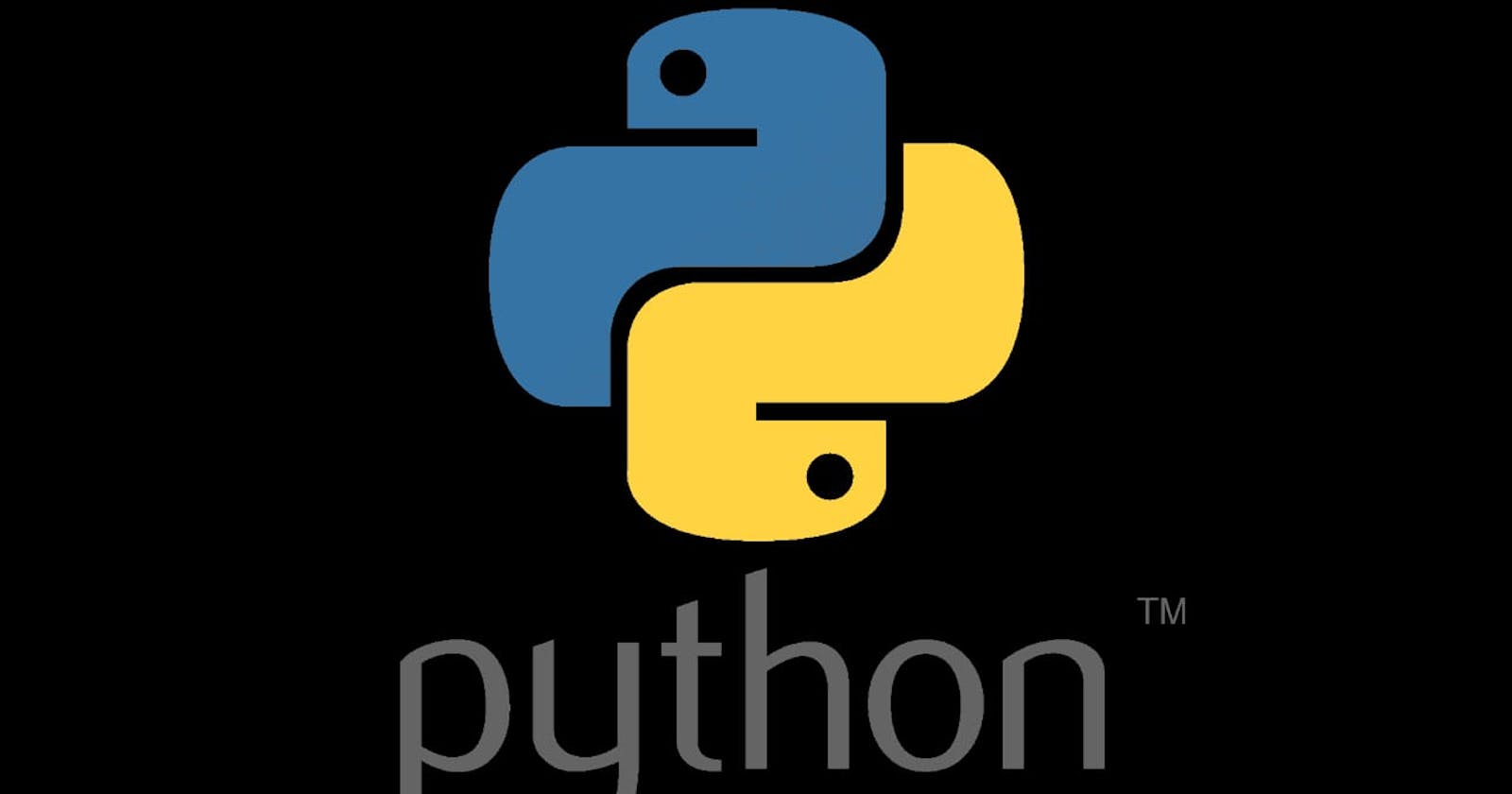WHAT IS PYTHON
Python is a versatile, high-level programming language known for its simplicity and readability. It's widely used for web development, data analysis, artificial intelligence, scientific computing, and more. Python emphasizes code readability and simplicity, making it popular among both beginners and experienced programmers.
WHY Python is so popular ?
Python's popularity stems from a multitude of factors, each contributing to its widespread adoption and continued growth. Here's a breakdown of why Python has become one of the most popular programming languages:
Simple and Readable Syntax: Python's syntax is designed to be intuitive and readable, making it accessible to beginners and experienced programmers alike. Its clear and concise syntax allows developers to write code more quickly and with fewer lines compared to other languages.
Versatility: Python is a versatile language that can be used for a wide range of applications, including web development, data analysis, artificial intelligence, machine learning, scientific computing, automation, and more. Its versatility makes it a preferred choice for developers working in various domains.
Extensive Standard Library: Python comes with a comprehensive standard library that provides support for many common tasks and functionalities, such as file I/O, networking, regular expressions, and data manipulation. This extensive library reduces the need for developers to write code from scratch, saving time and effort.
Large Ecosystem of Third-Party Libraries: In addition to its standard library, Python has a vast ecosystem of third-party libraries and frameworks that extend its functionality for specific use cases. Popular libraries like NumPy, Pandas, TensorFlow, Django, Flask, and Matplotlib enhance Python's capabilities for tasks like data analysis, machine learning, web development, and visualization.
Community Support and Documentation: Python has a thriving community of developers who actively contribute to its development, provide support through forums and online communities, and create valuable resources like tutorials, documentation, and open-source projects. This strong community support makes it easier for developers to learn, troubleshoot, and collaborate on Python projects.
Cross-Platform Compatibility: Python is a cross-platform language, meaning that code written in Python can run on various operating systems, including Windows, macOS, and Linux, without modification. This portability allows developers to write code once and deploy it across different platforms, reducing development time and effort.
Ease of Learning: Python's simplicity and readability make it an ideal language for beginners who are just starting to learn programming. Its straightforward syntax and extensive documentation lower the barrier to entry for newcomers, enabling them to quickly grasp fundamental concepts and start writing functional code.
Strong Industry Adoption: Python is widely adopted across various industries, including technology, finance, healthcare, education, and government. Its popularity in both startups and established companies has led to a high demand for Python
HISTORY OF PYTHON
It seems like you're referring to Python, the programming language, rather than "Phython." Python was created by Guido van Rossum and first released in 1991. It's known for its simplicity and readability, making it a popular choice for beginners and professionals alike. Over the years, Python has evolved through various versions, with the most recent major version being Python 3. Python is widely used in web development, data analysis, artificial intelligence, scientific computing, and more. Its community and ecosystem are vibrant, with countless libraries and frameworks available for various purposes.
